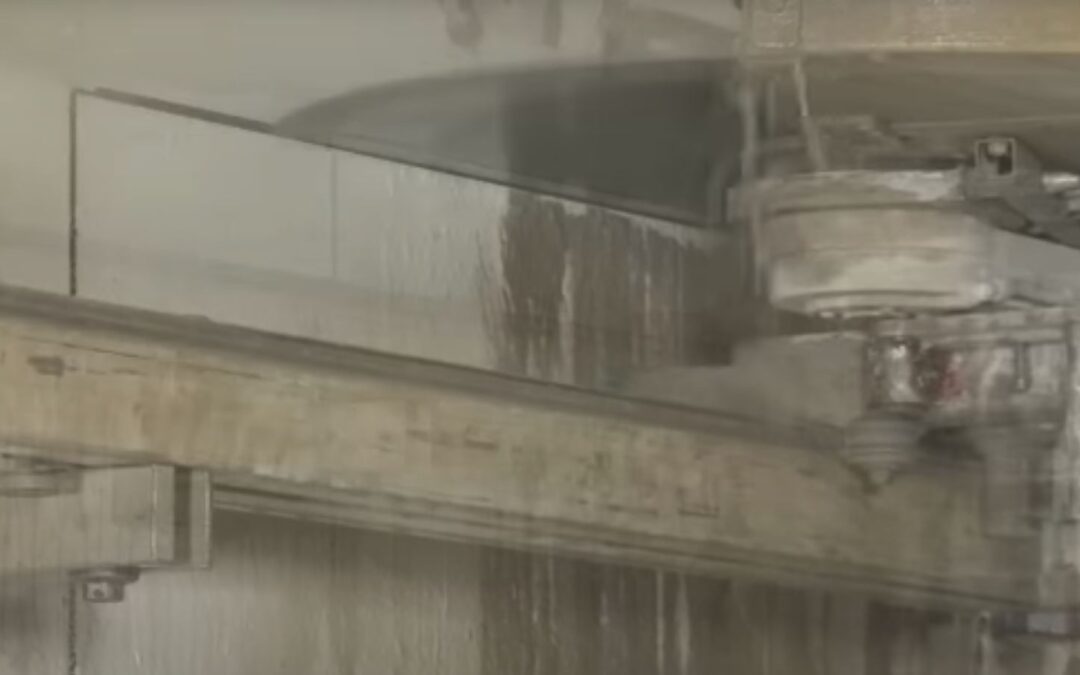Minimizing Damage in Concrete Cutting: Professional Practices
Professional concrete cutters in Melbourne implement various strategies to minimize damage while cutting concrete. These practices ensure not only the structural integrity of the project but also the safety of workers and the surrounding area.
Ground Penetrating Radar (GPR) Technology
- Detecting Hidden Objects: Before cutting or drilling, GPR is used to locate embedded objects such as electrical conduits and rebar, preventing damage and accidents.
Hazard Identification and Risk Assessment
- Analyzing Potential Risks: Identifying hazards like hazardous dust, toxic fumes, and electrical risks allows for proper planning and mitigation measures.
Safety Equipment and Measures
- Protective Gear: Workers are equipped with essential safety gear like protective glasses, rubber boots, masks, and earplugs to guard against various hazards.
- Managing Slurry and Water: Effective management of slurry and water is crucial for maintaining safe and dry working conditions.
Preparation and Planning
- Equipment Selection: Choosing the right cutting equipment based on the specific needs of the project is essential for efficient and safe operations.
- Wet vs. Dry Saws: The decision between using wet and dry saws is made based on dust control requirements and the nature of the job.
Consulting Engineering Expertise
- Professional Assessment: Consulting a skilled engineer for an expert evaluation of the structure is recommended before proceeding with cutting or drilling operations.
Additional Professional Practices
- Precision in Cutting: Utilizing techniques like pilot cuts and following laid out lines ensures precise and minimal damage to the concrete.
- Regulatory Compliance: Adhering to local regulations and safety standards is a key aspect of professional concrete cutting.
Conclusion: Expertise in Action
In suburbs like Prahran, Melbourne, where diverse structures abound, these meticulous practices are indispensable. For those requiring professional concrete cutting services, Bullseye Concrete Cutting Melbourne exemplifies these standards, combining technical skill with a commitment to safety and precision.
Frequently Asked Questions on Minimizing Damage in Concrete Cutting by Professionals
What Techniques Do Professional Concrete Cutters Use to Minimize Damage?
Professionals use precise cutting techniques, such as pilot cuts and following laid out lines, to ensure accurate and minimal damage to the concrete.
How Does Ground Penetrating Radar (GPR) Help in Concrete Cutting?
GPR technology is used to detect hidden objects like electrical conduits and rebar, preventing potential damage and accidents during cutting.
What Safety Equipment is Essential in Professional Concrete Cutting?
Essential safety gear includes protective glasses, rubber boots, masks, and earplugs to protect workers from various hazards like dust and noise.
Why is Hazard Identification Important Before Cutting Concrete?
Identifying potential hazards like hazardous dust, toxic fumes, and electrical risks allows for proper planning and implementation of mitigation measures.
How Do Professionals Choose the Right Cutting Equipment?
Choosing the right equipment is based on the specific requirements of the project, such as the type of concrete and the nature of the job.
What Role Does Dust Control Play in Minimizing Damage?
Controlling dust, particularly respirable crystalline silica, is crucial to minimize health risks and maintain visibility during cutting operations.
How is Water Used in Concrete Cutting?
Water is often used in concrete cutting to reduce dust production and cool down the cutting equipment, leading to cleaner and safer operations.
Can Concrete Cutting Affect Nearby Structures?
Yes, vibrations and structural changes during concrete cutting can potentially impact the stability of nearby buildings and structures.
What Precautions are Taken to Avoid Hitting Electrical Wiring?
Precautions include using GPR to locate wiring and other utilities, and careful planning of the cutting path to avoid these areas.
How Do Professionals Handle Unexpected Obstacles During Cutting?
If unexpected obstacles are encountered, the operation is paused, the situation is reassessed, and the plan is adjusted accordingly.
Is It Necessary to Consult a Structural Engineer Before Cutting?
Consulting a structural engineer is often advisable for an expert assessment and planning, especially for complex or large-scale cutting projects.
What Are the Risks of Not Using Proper Safety Equipment?
Failing to use proper safety equipment can lead to injuries from flying debris, respiratory issues from dust inhalation, and hearing damage.
How Do Professionals Ensure Compliance with Local Regulations?
Professionals stay updated with local construction safety standards and regulations to ensure compliance and prevent legal issues.
What Makes Professional Concrete Cutters Preferable Over DIY Methods?
Professional concrete cutters bring expertise, precision, and adherence to safety standards, which minimizes damage and risks compared to DIY methods.

